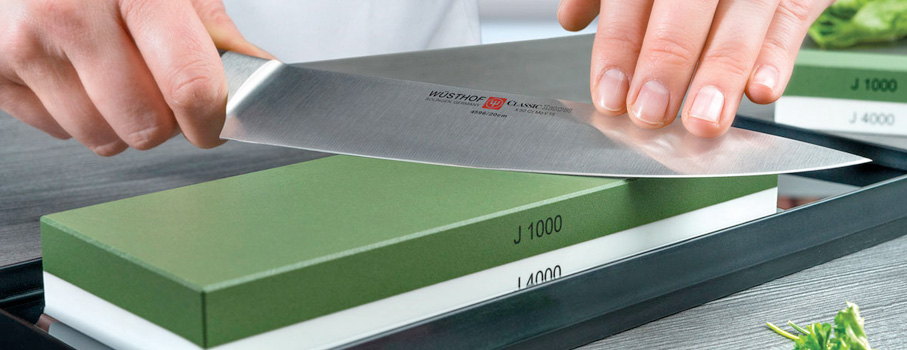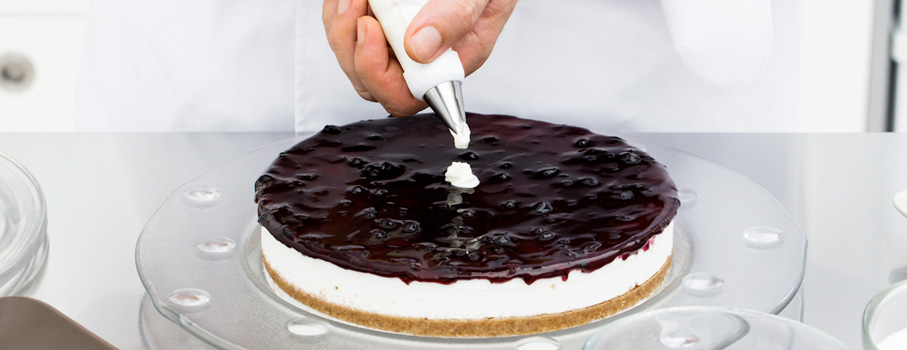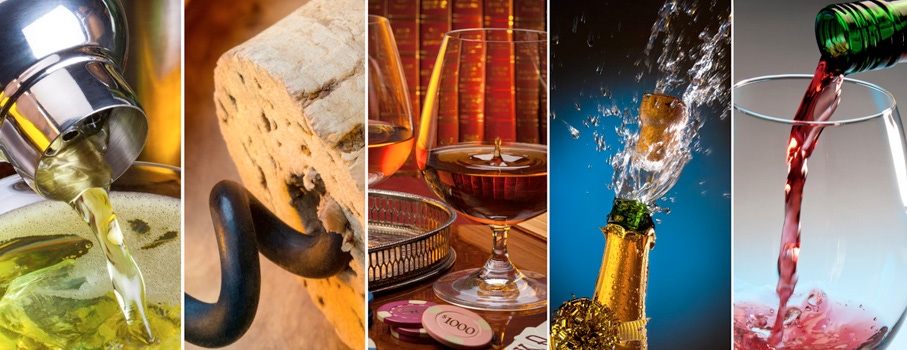Language
WORLDWIDE SHIPPING
Martellato automatic tape cutter by Martellato
€590.00
€483.61
Availability:
In stock
Mart Cutter is the ideal electric tape cutter to automatically cut acetate reels of the desired length, in the required quantity.
It allows you to optimize and manage more easily the stock of the different acetate tape measures, producing the necessary quantity of each length avoiding cutting errors and waste of time.
It is possible to set the automatic or manual mode, selecting on the digital display, the required length or the one previously preset, and the desired quantity of strips.
In addition to the selected settings, the progress of the job will be visible on the display. The exclusive support for the reels always guarantees the centering of the cut of the different tape widths. The practical plexiglass tray collects the cut strips and closes them after use, serves as a protection for the machine.
The machine is set up by selecting the size or one of the preset programs and the desired quantity of strips on the digital display.
Roll support with seats to accommodate rolls of different widths while maintaining cutting centering.
LED digital display to view the chosen settings and the progress of the work status.
Tray for collecting the cut strips. After use, it can be conveniently closed to reduce bulk and protect the machine.
Roll width up to 60 mm. max
Roll diameter 210 mm.
Acetate thickness: 80/150 my
Cutting measures: from 5 to 999 mm.
Lengths can be preset up to 6 sizes
Weight 2.9 Kg.
Power 25W
Voltage: 100, 120, 220-240
Frequency: 50-60
Closed machine dimensions: 250 x 175 h 290 mm
Shipping time: 8 days
FAQs

 IT
IT FR
FR









 IT
IT FR
FR

